Carl Andre, a progenitor of the minimalist art movement, recently passed away at the age of 88—leaving behind a legacy both influential and controversial.
The world recognizes Carl Andre as a visionary who pioneered and cultivated the budding Minimalist art movement in the mid-1960s, as his Guggenheim Museum profile writes. His works are composed of simple figures, all laid bare in their truest material forms. Unlike other sculptors, Andre never placed his pieces on a pedestal or hung them: they usually lay horizontal on the floor, standing on their own, ready for viewers to walk over or around them, reports Alex Greenberger of ARTnews.

The artist recently passed away in a hospice at the age of 88, and was grappling with dementia, according to Alex Taylor & Ian Youngs of the BBC. Paula Cooper Gallery, which represents Andre, confirmed this through a statement, adds Greenberger of ARTnews. Of course, Andre’s death has not only given rise to obituary pieces reflecting on the critical role of his work in art history, but also discussions on the more controversial aspects of his life. Calvin Tomkins describes this best in a 2011 The New Yorker article: “It is hard to think of an artist whose career has been so affected by circumstances that have nothing to do with his art.”
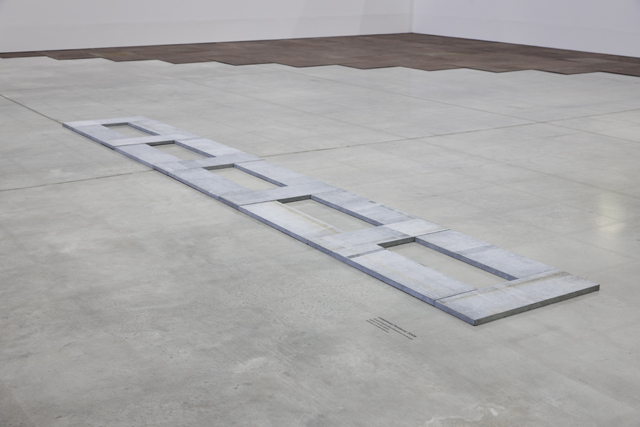
Though Andre was a rather private individual (despite his reputation and fame in the art world), one can still put together an intriguing portrait of the complex man who dedicated his life to creating art for art’s sake:
READ ALSO: The Indiana Jones Of Art: 6 Stolen Historical Paintings Recovered By An Art Detective
An Early Love of Art
Carle Andre was born in Quincy, Massachusetts in 1935. His father was a Swedish immigrant who became a naval draftsman but also practiced woodworking on the side, reports Randy Kennedy of The New York Times. It was the formative years that Andre spent in his father’s workshop which would influence his love for art.
His good grades in public school also earned him a scholarship to the Phillips Academy in Andover, where he continued his creative pursuits, reports Greenberger of ARTnews. Andre was briefly enrolled in Ohio’s Kenyon College before dropping out and working for Boston Gear Works.
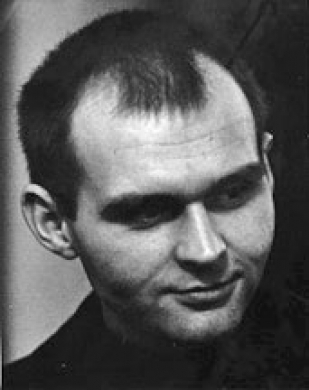
By 1954, Andre had saved enough money to travel to England and France, where a visit to the Stonehenge in Wiltshire deeply inspired him to become a sculptor, according to Kennedy’s The New York Times article. After a stint in the United States Army Intelligence in North Carolina, Andre settled in New York by 1957, as per the Guggenheim Museum.
During this period, budding creative delved deeper into art circles, befriending abstract painter Frank Stella, whose influence on him is undeniable. One moment, in particular, would change the trajectory of Andre’s artistic career forever. This happened when Stella was watching the artist work on a large piece of wood material for a sculpture. Andre’s friend ran his hands along the uncarved side and said, “That is a sculpture too,” reports Michael McNay for The Guardian. Though Andre was initially perturbed by the comment, it ended up becoming the crux of his creative philosophy.
Rise to Fame
Andre became occupied with the raw power of materials, untouched and straightforward in every way. Kennedy’s The New York Times feature states that he wanted his works to speak for themselves, without any attachments to concepts. In other words, Andre veered away from hidden meanings and found beauty in what an object simply is.

Kennedy quotes the artist: “What I wanted was a sculpture free of human association, a sculpture which would allow matter to speak for itself, something almost Neolithic.” Indeed, his body of work exemplified this wish, leaving nothing but materials in a particular space. In fact, Andre sees himself as a materialist, one who creates simple forms through nothing but granite, copper, steel, wood, brick, and the like. There’s nothing behind the forms or physical reality of his pieces—which is exactly how he liked it.
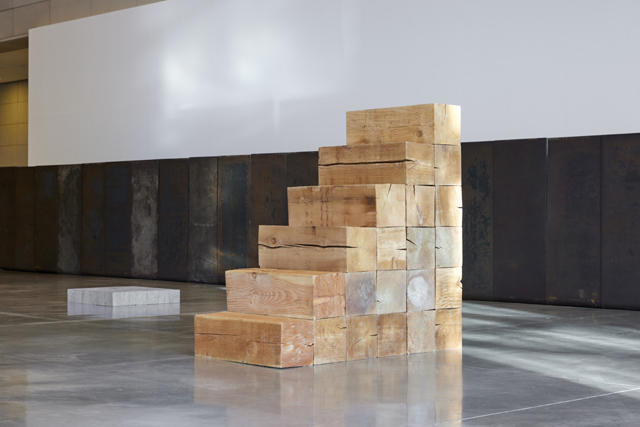
This radical way of thinking made Andre a pioneer in the world of art, as he redefined and challenged tradition with his unusual approach. By 1970, the Guggenheim Museum offered him his first major retrospective exhibition. Things began to kick off for Andre, with his works selling for high prices and more exhibition opportunities coming his way.
Astonishing Simplicity or Absurdity?
Like a handful of famous and trailblazing artists, Andre’s works received their fair share of criticisms from members of the art community and beyond. It circles back to the age-old argument of what makes more avant-garde pieces of contemporary art valuable and “legitimate” expressions of creativity.
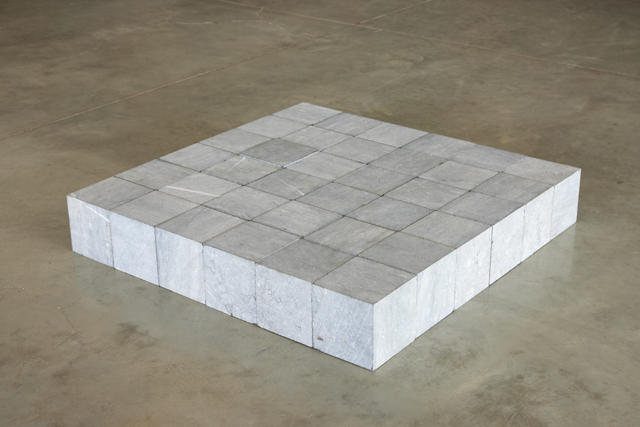
Is it enough to stick a real banana on the wall using duct tape (as is the case with Maurizio Cattelan’s “Comedian”) or paint an entire canvas blue (in the case of Yves Klein’s “IKB 79”)? Many people today ask why these pieces fetch exorbitant amounts of money (a loaded argument that requires a whole think piece in itself), and just as many felt the same way during the height of Andre’s career.

Given the simplicity of Andre’s works, many found it dubious that museums would purchase them for thousands of dollars. For example, there was a lot of public outcry in 1976, when the Tate in London purchased the artist’s 1966 work “Equivalent VIII” for $1,000. The piece was composed of nothing but bricks in a rectangular formation—which is exactly what angered the public, as the museum had used taxpayer money to purchase it. Likewise, the state of Hartford, Connecticut faced public backlash after purchasing Andre’s “Stone Field Sculpture” for $87,000, as per the Los Angeles Times.
Murder Charges
It would be remiss not to mention the case that affected Andre’s personal and professional life irreparably: the alleged murder of his third wife, Cuban artist Ana Mendieta, in 1985. Alex Taylor & Ian Youngs of the BBC report that Mendieta fell to her death from the 34th floor of the apartment she shared with Andre. The reason behind this remains unclear, though certain evidence suggested that Andre pushed her out.
During his 911 call, the artist stated that he followed Mendieta after she tried to leave an argument they were having, and saw her going “out the window.” However, his account changed when police interrogated him: instead, he said they were watching television together before she went to bed—he claimed to have followed afterwards, finding the bedroom empty and the window open.
Yet Andre’s nose and forearms were covered in scratches, adds Kennedy in his The New York Times piece. Youngs and Taylor of the BBC report that a doorman testified to hearing Mendieta scream “No, no, no!” before hitting the ground. Still, after Andre’s lawyers defended their client by stating Mendieta had likely fallen accidentally or committed suicide, the court acquitted the artist.
Remembering Ana Mendieta
Many friends of Mendieta and women of the art community were skeptical about what transpired, and still believed that Andre was responsible for his wife’s untimely demise. Writers and members of the public continue to bring up the case and discuss its oversights. With Andre’s recent death, discourse on the matter has flared up once more.

Despite her death, Mendieta remains a significant feminist icon with a legacy of bold and emotional works on the environment, sexuality, religion, race, and societal issues that plagued society during her time, as per Monica Castillo of The New York Times.
“Ana Mendieta is remembered for a richly realized oeuvre that fused Afro-Cuban religious traditions with feminist thought and questions of ecology,” wrote Christopher Alessandrini and Stephanie Wuertz for The Metropolitan Museum of Art. “Her ‘earth-body’ artworks famously used the natural world and her own body as powerful mediums of expression, interrogating humanity’s relationship to the land and the cosmos.”

It’s unclear exactly how much Mendieta’s death affected Andre. Though when Randy Kennedy briefly broached the subject during his 2011 The New York Times interview, the artist said: “It didn’t change my view of the world or of my work, but it changed me, as all tragedy does. But I have people who love me and believe in me.”
Leaving a Mark
Andre’s life was one rife with complications and complexities, an ironic fact for a man who cared deeply about simplicity. Still, amid the backlash and controversies that surrounded him, Andre continued to create.
The artist was also a poet, having taken up poetry during his brief stay at Kenyon College and a job as an editorial assistant in a publishing house, writes the Guggenheim Museum. Throughout his career, he wrote dozens of poems that employed the style of Concrete Poetry—wherein a writer arranges linguistic elements to create sculptural forms on paper.
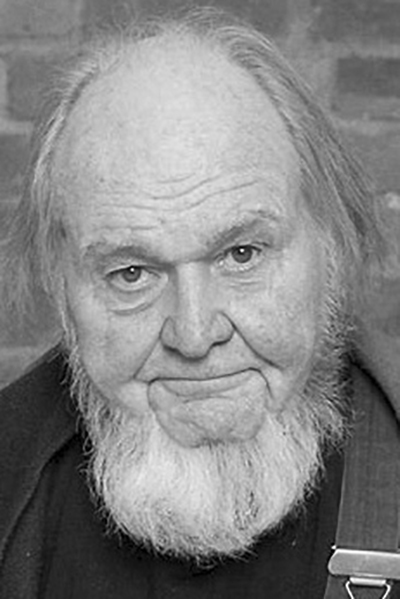
Though Andre’s career experienced a decline after Mendieta’s death, the artist still received ample opportunities to profit from and exhibit his work. Alex Greenberger of ARTnews reports that The Dia Art Foundation hosted a 2014 retrospective of his oeuvre, with pieces on display at the Museum of Contemporary Art in Los Angeles. The Daegu Art Museum in South Korea also held a recent exhibition on his work from September 2023 to December 2023.
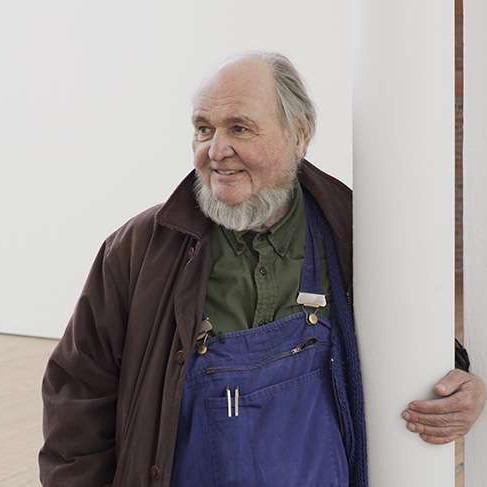
However one feels about Andre and his works, the fact remains that he did make major contributions to how people perceive and approach modern art. Today, he leaves behind a collection of pieces that are either genius or absurdly overrated, depending on who one asks—yet they’re certainly influential, one way or another.
Banner photo from the American Academy of Arts and Sciences website.





